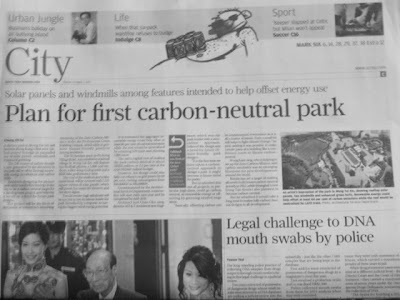HSBC Data Centre Rated 'Excellent' by BRE
 HSBC has achieved the UK's first 'Excellent' rating for design and procurement of its new North London Data Centre under the Building Research Establishment's BREEAM Certification.
HSBC has achieved the UK's first 'Excellent' rating for design and procurement of its new North London Data Centre under the Building Research Establishment's BREEAM Certification.Sustainability was a key driver in the design and equipment procurement process and has been worked into the whole life cycle of the project. The building is due for completion in the first half of 2009 and will be the first of three new HSBC data centres in the UK which will all be designed with the same sustainability principles.
Over the next few years, HSBC has committed to spending some US$40 million to improve the environmental performance of its office buildings around the world. The funds form part of a US$90 million, five year, global environmental efficiency programme to reduce the Group's broader impact on the environment. HSBC has made a commitment that all new data centre builds within its global operations will be designed according to local environmentally accredited standards such as BREEAM and LEED.
Digital Realty Trust was appointed Developer and CHt Data Solutions - part of the Laing O'Rourke Group - as their delivery partner, for the new data centre due to go live in mid 2009. The centre is expected to achieve substantial reductions in annual energy and carbon dioxide emissions, resulting in substantial cost savings to the business.
Related Articles
What's the Best Way to Green With Your Green?
New Apple Range a Little Bit Greener
Diageo Invests £65m in Renewable Energy






































